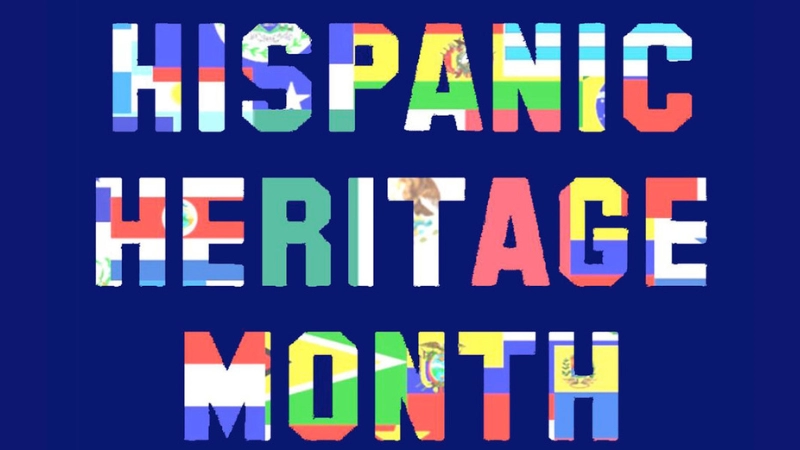Hispanic Heritage Month is observed annually in the United States to recognize the history, culture, and contributions of Hispanic Americans. The celebration takes place from September 15 to October 15, a period chosen to coincide with the independence anniversaries of several Latin American countries. Costa Rica, El Salvador, Guatemala, Honduras, and Nicaragua celebrate their independence on September 15, while Mexico marks its independence on September 16 and Chile on September 18.
The commemoration began in 1968 when President Lyndon B. Johnson established Hispanic Heritage Week. In 1988, President Ronald Reagan expanded it to a full month.
As of July 2024, about 68 million people in the United States identify as Hispanic or Latino, representing roughly one-fifth of the national population. Over the last decade, this demographic has seen significant growth and accounted for nearly three-quarters of U.S. population growth between 2022 and 2023.
New Mexico remains among the states with the highest proportion of Hispanic or Latino residents. In 2023, approximately 48.6% of New Mexico’s population—about 1,027,000 people—identified as Hispanic or Latino. This presence reflects a long-standing cultural and historical influence in the region that predates its incorporation into the United States.
According to organizers: "Al celebrar el Mes de la Herencia Hispana, recordamos que honrar el pasado no solo es una celebración de la cultura, sino también un compromiso con la construcción de un futuro más inclusivo y vibrante para todos."








